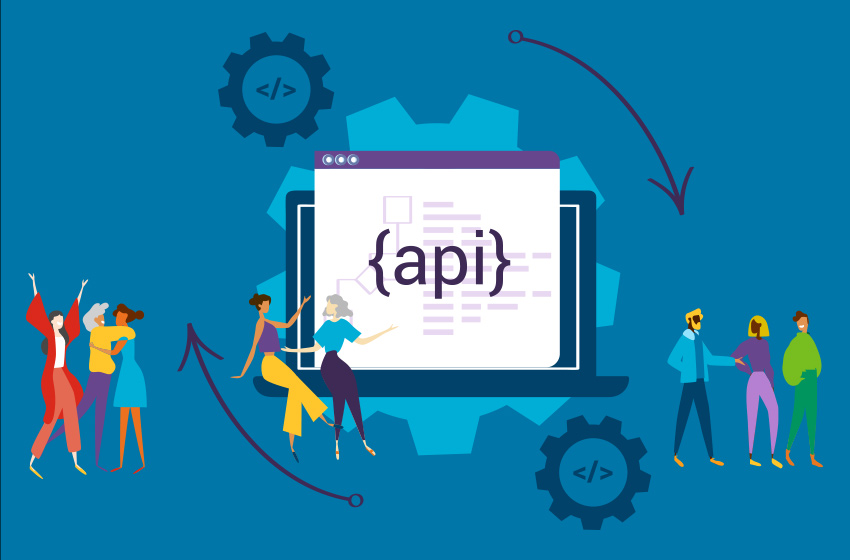This blog is a summary of a conversation between Will Furrer, Chief Strategy Officer at Q2, Knoma CEO and Founder Brett Shanley, and Ash Finnegan, Conga’s Digital Transformation Officer at the AltFi Festival of Finance 2021. Watch the short on-demand video here.
It used to be that fintechs were the only financial institutions using complex tech stacks. But now, it’s arguable that all lenders need open architecture IT systems and application programming interfaces (APIs) to survive. It’s not hard to see why. Open banking is gathering pace, the pandemic has forced us all online. Customers expect instant decisions and instant delivery, and there are pockets of volatility in the market that demand real-time data, monitoring, and decision-making. It’s not possible to meet these trends and needs with legacy systems. Even big, traditional FIs have needed to be more flexible and scalable over the last 12 months. Everyone is on board now.
But transformation is tricky. You can’t just buy a single system or upgrade your existing software and call it change. Particularly in lending, where three to six months for funds has been the norm, root and branch transformation is needed to meet new customer expectations while remaining competitive, secure, and sustainable. So how do you select and build transformational technology into your business model and operations?
1. Focus on the outcomes
“You need lots of functionality, lots of automation,” says Ash Finnegan of automated solution provider Conga, “but your technology also has to drive outcomes. It’s important that you don’t get lost in demos.” Brett Shanley, educational lender Knoma’s CEO, gives the perfect example of this. “We wanted to deliver a fair, ethical way to spread the cost of education - an alternative that’s on the side of the student. That’s what was at the heart of our technology decision-making process.” Shanley looked for fast, reliable, automated and intuitive technology to achieve those outcomes.
2. Connect, communicate, own
Knoma (one of Q2’s clients) and Conga (which is an optional API on Q2’s platform) worked together to build a secure and scalable technology stack that, crucially, remains open and flexible. “For us at Conga,” says Finnegan, “it’s all about understanding the businesses we work with. But the verticals are virtually never different - the model is always that our customers want connected data, moving from one channel to the next, centrally managed, trusted, transparent, and available to those who need it, when they need it.” That’s what Shanley calls the “single source of truth,” and what Finnegan terms “the single data model.” They explain that a business can only be flexible and scalable if it has one model to view, update, and use for decision-making. “Connect, communicate, and own,” says Finnegan. That’s her mantra for helping clients transform.
3. Automate workflows using APIs
But the centralisation and transparency of data all serve one master: workflow. At Knoma, Shanley says, they have to take a customer from learning about an educational opportunity to drawing down, and then paying back a loan. And this workflow has to be quick, accurate, and flexible. “Once a customer starts the process, we need to do a lot of work very fast,” says Shanley. “We have to look at affordability, customer identity, course cost - everything. And we have to make sure there’s as little friction in a process that’s likely to already be quite emotional for the customer.” In order to do that, Knoma APIs into a range of providers, including Conga, which manages its documentation work. “Our entire business model rests on those loan documents being accurate,” says Shanley - Conga is an essential partner in Knoma’s present success and future growth. “Right now, we have 90% real-time decision-making,” says Shanley. “About 10% of applications our automated system will spit out for us to triple check some of the details.” And they have lending application times down to two minutes. “If you take too long to lend to a customer, they’ll finance it another way. Speed is critical.”
4. Crawl before you walk
Grabbing APIs from the financial ecosystem and hoping they’ll plug and play isn’t the right approach though, says Finnegan. “Transformation is a continuous process, and you need to crawl before you walk, and walk before you run.” For Finnegan, it’s important that companies underpin their tech stack with plenty of metrics - that way, if there are go-live problems, or changes to their market, they can go back and change the template system that underpins automation models. “We’re fanatical about measurement,” says Shanley. “We are always looking at ways to reduce screen times, friction, risk.”
For Finnegan, the transformational proof is always in the pudding. “We take our customers up the technology maturity curve based on their business outcomes.” And she adds, finally, “you don’t just build a system and walk away. You might think it’s in, done, ready - but the world will change. So you need to embrace API features when your business needs them, and you need to be able to change on a dime.”
Watch the full discussion here.
Learn more about Q2 and our approach to digital lending by visiting our Beyond Transformation website.





